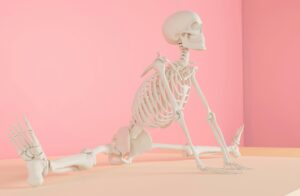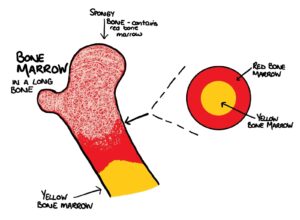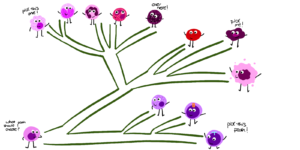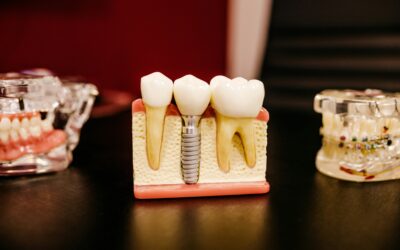Is my skeleton alive?
By Roberta

The skeleton is the central structure of our body. It provides the framework for our muscles, gives the body its defined shape and allows us to stand and move. Therefore, when we think of our skeleton, we often see it as the foundations of a building, a rigid and inert structure. However, as it turns out, that is actually not the case. Our skeleton is strong, and while part of its stability is owed to its rigid structure, it is very much alive! It contains a large variety of cells, some of which are responsible for its integrity whilst others are making new cells. In order to understand what these cells do and where they are found, we need to first picture the overall structure of our bones.
Bone Structure
Most bones consist of a dense rigid outer shell of compact bone, known as the cortex, and a central, less dense net of bone tissue known as trabecular bone, or “spongy bone”, which forms the medullary cavity. The latter is the space that is occupied by our bone marrow, a soft and squishy tissue which is responsible for producing our blood cells.

Bones also consist of inorganic substances, most of which are minerals, such as Calcium and Phosphorus. This is why milk, an important dietary source of Calcium, is known to help us grow strong and healthy when we are little.
Bone Cells and Bone Homeostasis
There are three types of cells that contribute to bone homeostasis (how·mee·ow·stay·suhs) which in other words, means bone healthy equilibrium (‘homeo’ = similar, ‘stasis’ = stable,).
- Osteoblasts: these are the bone-forming cell, they synthesize bone matrix proteins and minerals.
- Osteoclasts: these are the cells that break down, or “resorb”, bone by secreting acids that digest the proteins and minerals laid down by osteoblasts. This process occurs naturally when we are growing or when we need more free Calcium in our body.
- Osteocytes: these are the mature bone cells, they are the most abundant type of cells in bone tissue and help us detect the mechanical strain on the bone as well as regulate the action of osteoblasts and osteoclasts.
Bone homeostasis is achieved by fine tuning a balance between osteoblasts and osteoclasts activation. This process is tightly controlled by both osteocytes in the bone and circulating hormones in the body. Therefore, bone breakdown and building are always taking place in our bones, this process is known as “bone remodelling”, and sometimes it can be particularly enhanced by certain events in our life, such as growth or injury. However, in other circumstances, this fine balance can be disrupted, resulting in too much bone building or too much bone breakdown. For example, in a condition known as Paget’s disease, osteoclasts are more active than osteoblasts, resulting in the formation of bone tissue that is weak and brittle. This can result in bone deformities, more fractures and higher risk of joint inflammation (arthritis).
Bone and Blood Cells Production
Blood cells production takes place in the bone marrow, a jelly like substance found in the medullary space of bones. More specifically, there are two types of bone marrow: red and yellow. Red bone marrow contains blood stem cells that can become red blood cells, white blood cells, or platelets, whilst yellow bone marrow is made mostly of fat and contains stem cells that can become cartilage, fat, or bone cells. As we grow up we lose more of the red and gain more of the yellow.

Red marrow is found mainly in what we call ‘the flat bones’, such as the hip bone, the breastbone, bones of the skull and ribcage, shoulder blades and vertebrae of our spine. An exception to this is the head of our long bones, such as the femur, tibia and humerus.
The cells that are found here are special cells, otherwise known as stem cells. They are not yet blood cells, but they can be used to create different types of blood cells, and for this reason they are known as “hematopoietic stem cells” (he·ma·to·poi·et·ic, haima = blood, poiēsis = to produce) and the process of making new blood cells as “hematopoiesis”. Because this is where the majority of our blood cells are made, if a mistake (such as a mutation) happens during their production, all the cells deriving from that process will be affected. This can be made even worse if the mistake occurs within a hematopoietic stem cell itself. An example of this is the process that is believed to take place in blood cancers such as Leukaemia.
We have therefore seen how very much alive our bones are, swarming with all kinds of cells, always changing, constantly renewing, building and breaking, interacting with their environment within and out!



